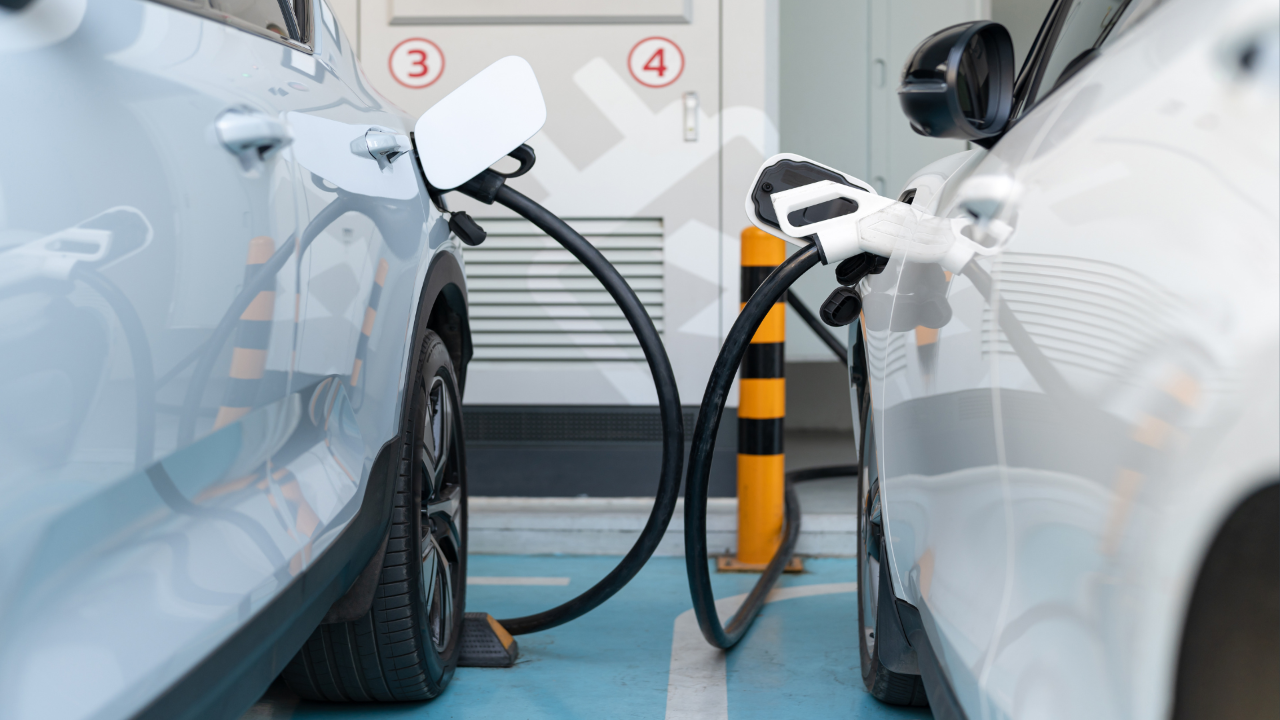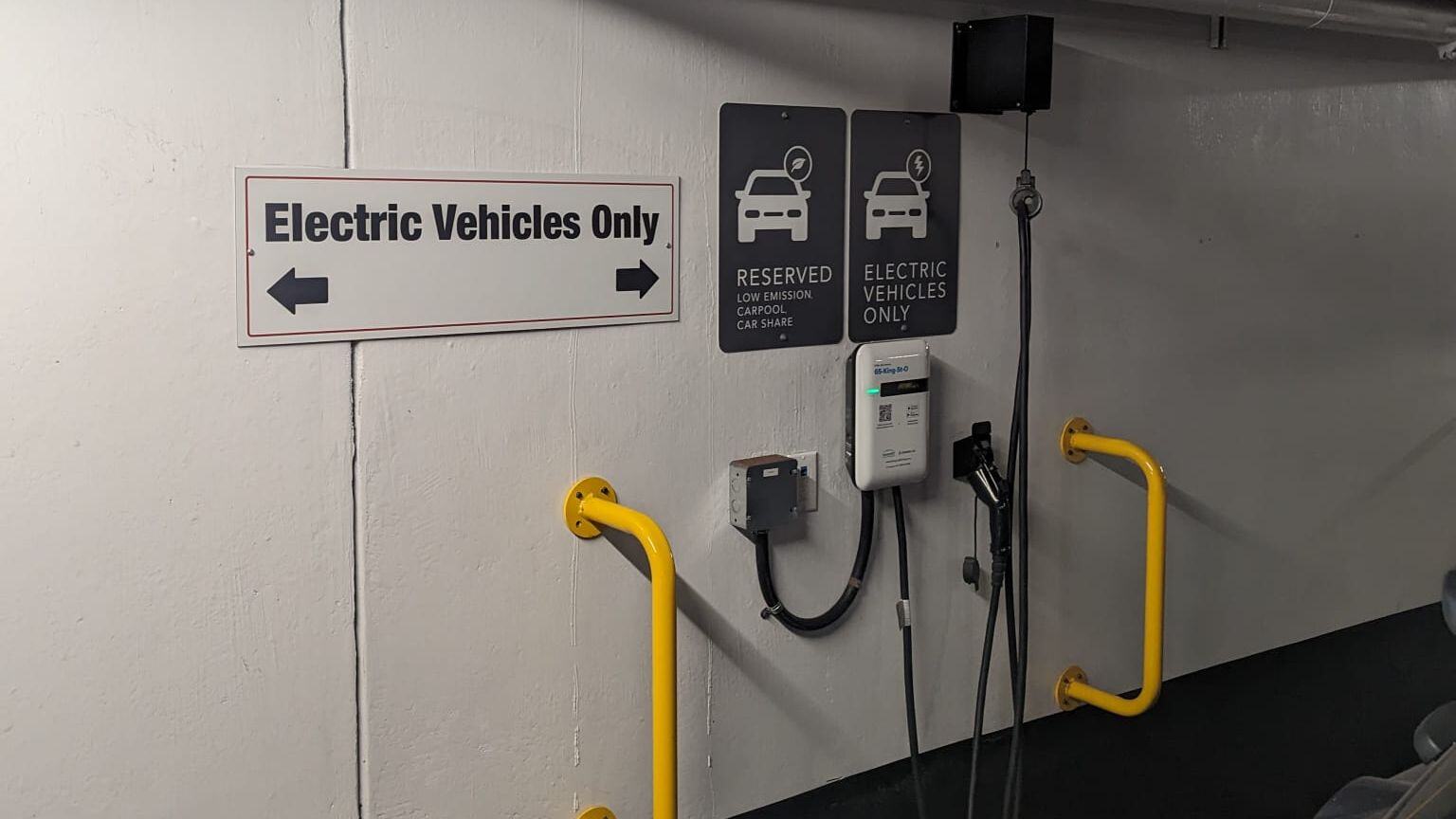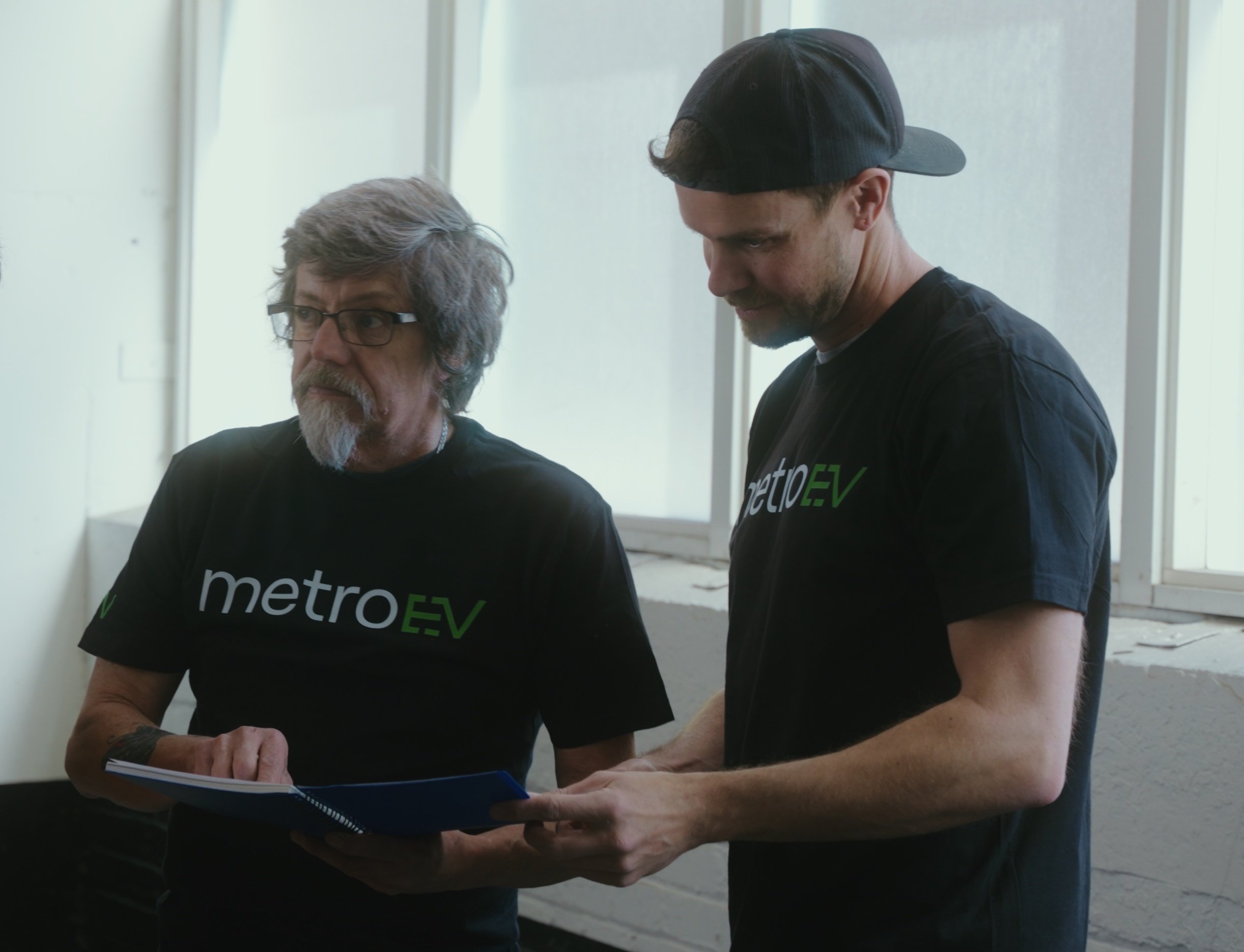On December 19, 2023, the Government of Canada made waves in the automobile industry with the announcement of new requirements for electric vehicles (EVs) for passenger cars, SUVs, and light trucks. These new regulations commit significant resources towards the adoption of EVs and EV infrastructure.
Summary Of The New EV Regulations
The Electric Vehicle Availability Standard strongly promotes EV adoption in Canada – we outline its key features below.
A Move Toward 100% Zero-emission Vehicles (ZEVs)
The new regulations will require that the proportion of EVs sold by car manufacturers in Canada will increase gradually over time, from 20% by 2026 to a full 100% in 2035. Given the average life of a vehicle is 15 years, this mandate sets Canada up to end pollution caused by light duty vehicles by 2050.
 Investment In EV Charging Infrastructure
Investment In EV Charging Infrastructure
The Canadian Government also committed $1.2 billion to building public EV chargers across the country, which will contribute to the ongoing availability of Ontario EV charger rebates.
Investment In Fast Charging Infrastructure
Early adoption of fast-charging infrastructure (Level 3 EV chargers) is being bolstered with a credit system, where companies can earn one credit for each $20,000 invested in new fast-charging infrastructure projects. Credits can be traded but cannot be used after model year 2030.
Early Action Credits For Manufacturers
The standard incentivizes early adoption of EVs by allowing car manufacturers to earn credit by selling EVs prior to 2026, before any EV requirements are in place. Additionally, companies that exceed the targets can sell their credits to other manufacturers that are lagging behind. Car manufacturers can also earn credit by investing in public fast chargers to make it easier for consumers to recharge their vehicles on the go.
How Will This New Ev Policy Impact Canadians?
This new policy will save Canadians money and reduce pollution, increase the supply and reduce the cost of ZEVs, so that by the end of the decade or the early 2030s, gas and electric powered cars will be comparable in price, according to most industry projections. It will also make ZEVs more immediately affordable by offering financial incentives to consumers up to $5000.
Why Is The Canadian Government Setting New EV Regulations?
Carbon emissions from the transportation sector — which is largely cars and trucks — are on the rise. Canadians drive the least fuel-efficient cars in the world, because zero emissions vehicles aren’t affordable. Emissions from automobiles cause an estimated 1,200 premature deaths and millions of cases of non-fatal health outcomes annually. While emissions from Canada's transport sector have fallen since 2005, they remain the second-highest source of greenhouse gas pollution. This mandate is set to prevent the release of an estimated 430 million tonnes of greenhouse gas emissions, saving enough gasoline to fill roughly 73,000 Olympic-sized swimming pools.
How Much Money Will Canada’s Electric Vehicle Availability Standard Save Consumers?
This initiative will also save Canadians money. A typical Canadian household could save as much as $4,000 annually by switching to a ZEV over a combustion engine vehicle, as they are much cheaper to charge than a gas car is to fill up. In fact,the Canadian Automobile Association (CAA) estimates the average Canadian spends $3000 a year on gas, while a ZEV with a 400km range, will cost only a few hundred dollars for the same amount of travel, as a charge at home costs $10, which is equivalent to a $50 gasoline bill for those same 400km. The CAA also claims they are 40 to 50 percent cheaper to maintain, as they have less moving parts. According to a 2022 government analysis, the total anticipated cost to consumers of zero-emissions vehicles and chargers will be $24.5 billion over 25 years, but the expected saving in net energy costs will be $36.7 billion.
To transition to ZEVs, car manufacturers are investing tens of billions of dollars in transforming their production lines to make EVs, and three new major plants in Ontario are being built, according to the Toronto Star. These supports in Canada are necessary, as Toronto wait times are longest for EVs, because other countries are getting priority delivery. China, South Korea and the United Kingdom, as well as 17 U.S. states all have EV sales mandates, and these are where all the limited supply of EVs are being sent.
EV Charging Rebates
With this new Canadian EV mandate, many multi-unit residential, commercial and retail property owners will be installing EV charging stations to take advantage of the incentives. If this is something you are interested in, an Ontario EV charger rebate may be available to cover up to 50% of the costs of your EV chargers. In Ontario, these rebates can significantly offset the initial investment, making the transition to EV chargers more accessible and affordable.
Learn about Ontario EV Charger Rebates.

AUTHOR
Shai Sinai
Shai is the Vice President of Sales at metroEV, specializing in electric vehicle charging station installations for multi-residential, commercial and public properties. With hands-on experience across the entire process—from site assessments and EV Ready planning to infrastructure design and installation—Shai brings deep industry knowledge and practical insight to every project.








